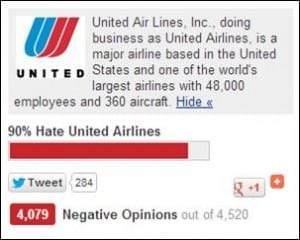Re: RIM’s Re-positioning of Blackberry
I used to be one of the most loyal and dedicated Blackberry users that you could possibly know and so when I came across May’s blog on the newest line of Blackberry devices, I had to share my own thoughts!
May did a great job in analyzing the positioning of the old and new devices, especially when it came to the keyboard. When I originally got my Blackberry, it was the must have phone of my graduating high school class. It was amazing how their devices had catapulted into such success in such a short time and you can largely contribute that to BBM and the physical keyboard. I personally could never see myself using a touch phone once I had become a full “crackberry” addict so it was shocking when RIM (now officially Blackberry) launched it’s first series of touch screens with the Torch because for me, Blackberries were synonymous with QWERTY keyboards.

Z10 and iPhone 5. They almost look exactly alike…
As the company went downhill, I found myself with fewer friends who still had their Blackberry and I grasped on to hope that it would regain the glory days it had once had. I was sadly mistaken. It was clear from the unveiling of the new operating system and physical devices – such as the Z10 – that RIM had become like their competitors. As this article puts it, “[they] are just cloning what everyone else is doing” and thus positioning themselves out of an opportunity to capitalize on the large group of consumers who still use the keyboard because “no one owns that space.”
As a wise and disappointed consumer, I realized that getting a touch screen phone was now inevitable and the alternative touch screen phones were much better than the new Blackberry product line so I am now a proud owner of the Samsung Galaxy s3 (LOVE IT) and I’m sure many others abandoned ship as well.

 Over the last few years, the dangers of plastic in landfills and in the environment have become more prominent and this publicity stunt’s main purpose was to protest “
Over the last few years, the dangers of plastic in landfills and in the environment have become more prominent and this publicity stunt’s main purpose was to protest “